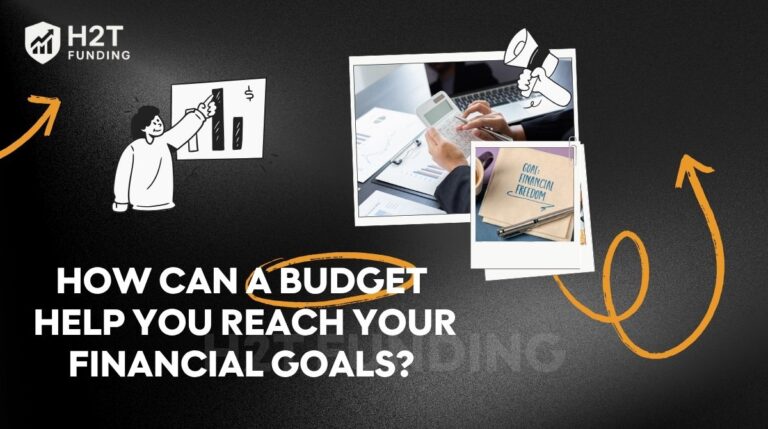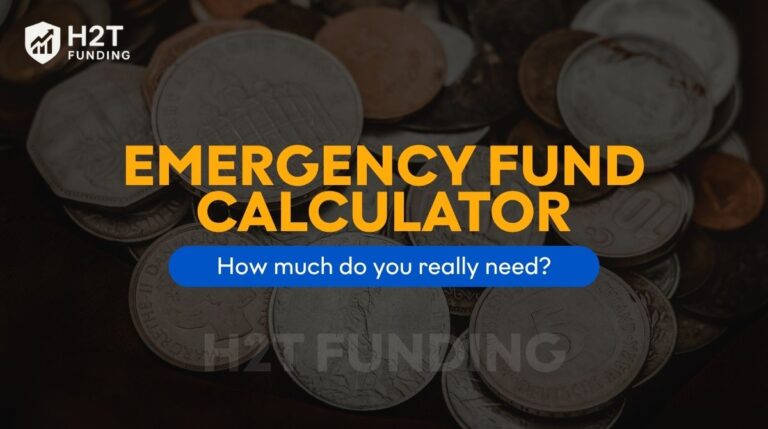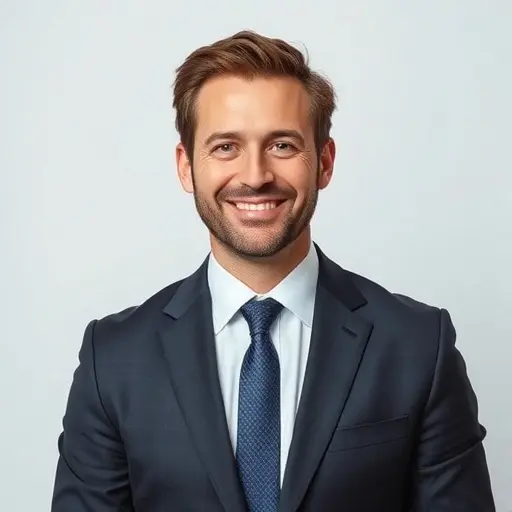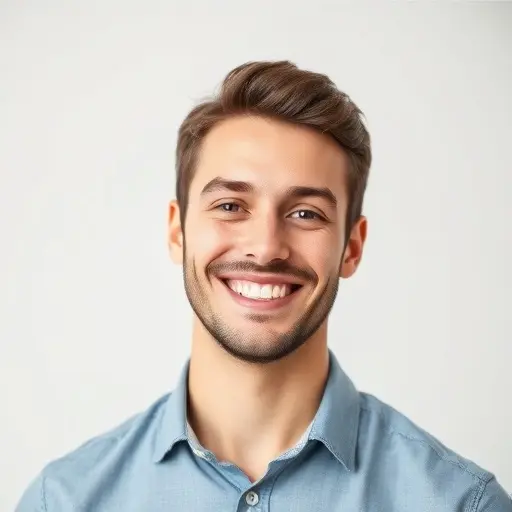
How To Not Spend Money When Budgeting Doesn’t Work
Have you ever looked at your end-of-month statement and wondered, Where did all my money go? Or felt that sting of guilt after a quick...
Our Budgeting Strategies category offers practical tips and proven methods to manage your money effectively. Learn how to build an emergency fund, control expenses, and grow your trading capital. Designed for traders and investors, these guides help you strengthen your financial foundation and achieve long-term success.
Total posts: 9 / 57

Have you ever looked at your end-of-month statement and wondered, Where did all my money go? Or felt that sting of guilt after a quick...

That feeling of working hard, only to see your money vanish, is genuinely frustrating. You start to wonder, how can a budget help you reach...

Losing control over your personal finances can quietly build up into long-term stress. According to a 2024 LendingClub report, nearly 60% of Americans live paycheck...

That staggering 82% of small businesses fail over cash flow or budgeting issues isn’t just a statistic; it’s a warning. This is why mastering what...

Learn how to track expenses with apps, spreadsheets, or bank tools. Create a budget that sticks and reach your financial goals in 2025.

Managing personal finances can be challenging, especially for beginners. However, learning how to budget weekly spending using practical weekly budgeting tips and budgeting templates can...

Learn how the envelope budgeting system can help you control overspending and manage money better with step-by-step instructions and real-life tips.

Talking about money can be one of the toughest conversations for couples. According to a 2023 survey by Zola and NerdWallet, 54% of engaged couples...

Quickly estimate how much to save using our emergency fund calculator. Prepare for unexpected expenses with confidence and clarity.
Learn and develop your trading skills with 1999+ successful members in our community.





+2K
Free to join • More than 1999+ new members each week